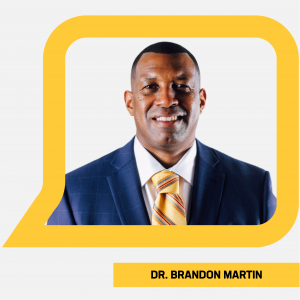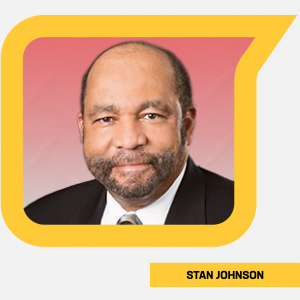GSM Live Insights: Journey To The Top - Race, Gender & The Athletic Director
Higher education is an environment ripe for discovery, new knowledge, and innovation. However, the role of Athletic Director at university levels still reflects the commonly seen disparities between representation of race, gender, experience, and perhaps most ironically – education level.
On the latest Global Sport Matters Live panel, we asked experts from predominantly White institutions and historically Black colleges and universities to shed some light on the pathways into the position and what opportunities look like, and what the role of the Athletic Director demands in a pandemic (and post-pandemic) world.
“Black women are overqualified for positions. No one wants to investigate that.”
Brandon Martin, Ed.D, is the athletic director at the University of Missouri-Kansas City, and seeks to hire with diversity, equity and inclusion in mind. However, there is no denying that Black women are not hired at the rate of other groups even when they are highly educated, highly qualified, and interested in moving forward professionally.
“There’s a ceiling that continues that needs to break, and the higher that you can go up that continuum, there’s more change that can happen.”
The CEO of Renaissance Search Firm, Herb Courtney is dedicated to partnering with universities and teams as they go through the hiring process for head coaches and athletic directors. But Courtney believes going hire up the organizational hierarchy to university presidents and even team owners can create the fundamental structural change to make college sport equitable.

“Safe spaces should be created and there should be invitations to these huddles.'”
As a longtime college sports administrator at the University of Wyoming and now the Vice President of Diversity, Equity & Inclusion for the NFL’s Denver Broncos, China Jude, Ed.D, has seen firsthand what happens when diverse voices are truly championed and listened to within an organization. The process must be deliberate.
“This movement will die down. And when it dies down, will there still be those presidents and individuals who have the courage to step up?”
For decades, Stan Johnson has worked as an advocate and leader within college sport with the intention of developing a more diverse pipeline for administrators. Progress has stagnated. So despite momentum in American society, Johnson is already looking past the current moment to build structures that will outlast the most recent protests and social changes.
“We have to have our own good ‘ol boys or good ‘ol girls network.”
As a pioneer in college sport as a longtime women’s basketball coach and senior women’s administrator at the University of Texas, Conradt saw firsthand how nepotism and power dynamics created a status quo in college sport. In order to deconstruct that, Conradt said, we must create groups and partnerships that recreate power elsewhere in the organization.
More from our May Digital Issue: The Administration of Change
VIEW FULL ISSUE
Scott Brooks leads this exploration of college sport administration with Dr. China Jude, Dr. Brandon Martin, Stan Johnson, Jody Conradt and Herb Courtney. Progress toward inclusive college sport athletic departments has stagnated, and a reimagining is beginning.






